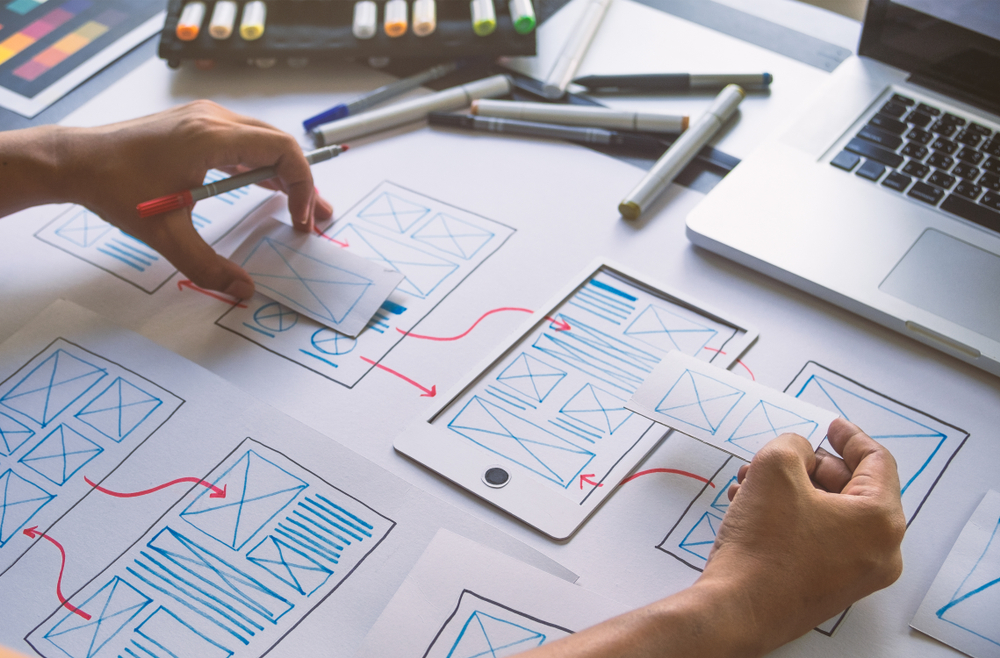Have you ever been on a website that was both aesthetically pleasing and simple to use? When using the internet, have you ever found exactly what you needed right away? If so, then you’ve experienced the impact of an exemplary user interface (UI) design.
Nowadays, web design in Hong Kong is becoming more and more competitive. Lots of marketers invest their money and time in providing users with a good website experience. For them, a better web experience is achieved through usability and easy navigation. That’s where UI design comes in, and this article examines it from its basics to its importance.
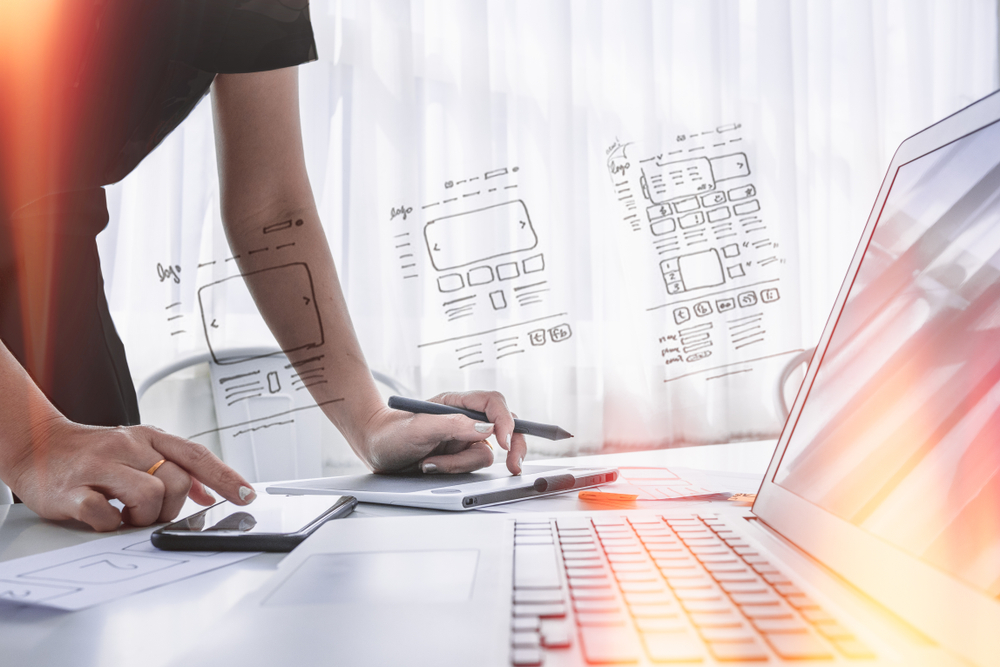
What is UI Design?
User interface (UI) design is the process that web designers use to create visually stylish interfaces for software or other computerized devices. Looking back at its history, Xerox PARC researchers Alan Kay and Douglas Engelbart worked on the first UI in 1981. Back then, it was called the graphical user interface (GUI). The creation of the GUI eventually started the evolution of computer graphics.
A web designer’s goal when designing a user interface is to make it both useful and enjoyable for users. UI design is often confused with user experience (UX) design, but UI designers focus on the look and functionality of digital user interfaces. UX design, on the other hand, centers on the overall user experience.
A website UI is what we see and interact with when we click a link in the SERP. Everything that you can click on a website is part of UI design. For example, if you’re looking for an eCommerce website, you’d want to visit a site where you can quickly scroll through products, add to your cart, and check out fast. The “buy now” and “add to cart” button displays are great examples of user interface design that encourages user interaction.
UI design plays a significant role in the advancement of technology. In web design, many designers are pushing their boundaries to create UIs that will serve creativity and functionality. With that, here are the three UI design formats that have been developed over the years.
3 UI Formats
Graphical User Interface (GUI) – A GUI is a UI design displayed on electronic devices. Examples of GUIs are the screens of computer desktops, smartphones, tablets, and gaming systems.
Voice-Controlled Interface (VUI) – Voice commands are how users interact with VUIs. VUIs include Apple’s Siri, Amazon’s Alexa, Google’s Google Assistant, and Samsung’s Bixby. Users connect with a VUI by calling out to the virtual assistant before giving the actual command.
Gesture-based Interface – Gestured-based Interface is a modern UI design that allows users to interact with it via gestures. Virtual reality and motion-sensor games are good examples of this UI format. Samsung and several other smartphone companies have also adapted this interface to their phones’ features, such as using hand gestures to capture pictures.
Elements of UI Design
With UIs constantly evolving, websites are now investing in the optimization of their UI design to improve website traffic.
Here are UI design components that you can optimize:
Input elements: Input elements process data entered by a user. They are used in the input validation process. Some examples of input elements include buttons, dropdowns, text fields, radio buttons, and checkboxes, among others.
Output elements: These are the results shown after the user enters data. Output elements depend on the data entered and other operations. Some examples of output elements are alerts, warnings, errors, and success messages.
Helper elements: All other elements on a website are considered helper elements. These elements guide the user’s navigation. Helper elements are categorized into informational, navigational, and container elements.
Now that you understand what user interface design is, let’s examine how it impacts the user experience as a whole.
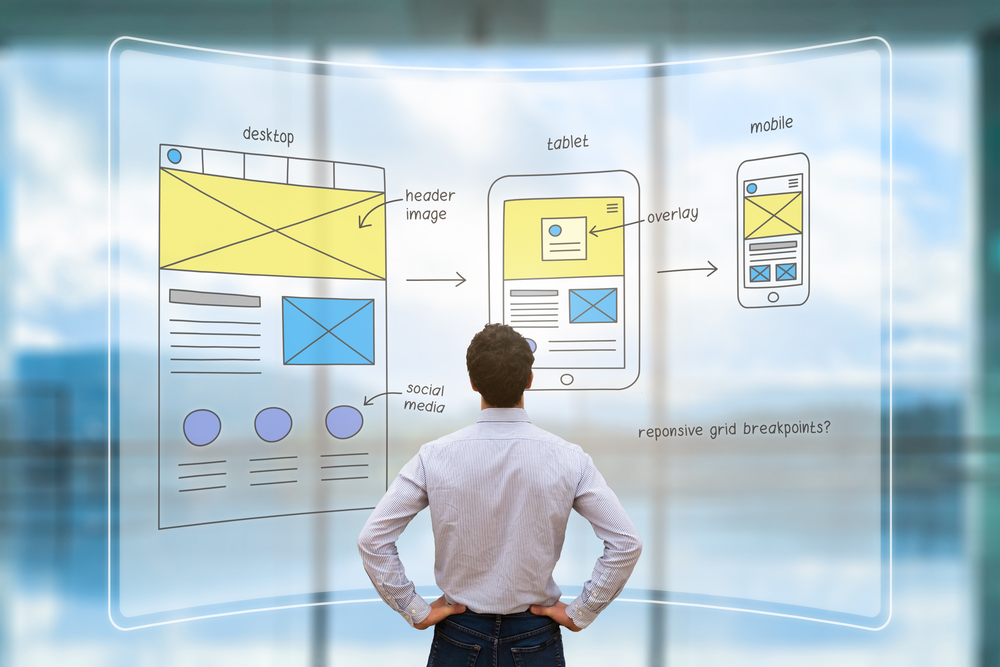
UI vs. UX Design
Most of the time, people use the terms UI and UX interchangeably. Although these terms are important for web development, users also must note that they are not the same. While UX and UI are intertwined, there are some significant differences between the two.
If you need a refresher on UI vs UX, here are some of their key differences:
What is UX Design?
The term “user experience,” or UX, describes the customer’s overall feeling after using a product or service or journeying on a website.
Designing for UX is all about making things more accessible for people to do and more satisfying for them to use. It’s a broad field that considers user interaction with a product or service and how those interactions contribute to a harmonious, pleasurable experience. The UX design process includes user research; defining the problem to be solved; coming up with potential solutions; mapping out the product or service layout and; considering all the possible actions and steps the user might take.
Main Differences
In terms of the job description, the user interface designer is the decorator in charge of the look, feel, and functionality of the product’s interface. The user experience designer, on the other hand, is the architect responsible for the entire product experience. Essentially, the UI design is a subset of the overall UX design.
To further understand the main differences between UX vs. UI design, let’s take a look at this table.
| UI Design | UX Design |
| ● Concerned with the interface design the user needs to create interaction. ● More on artistic solving. ● Covers touchpoints between humans and computers. | ● Concerned with the user’s overall experience and impression. ● More on problem-solving. ● Covers all possible experiences and interactions between humans. |
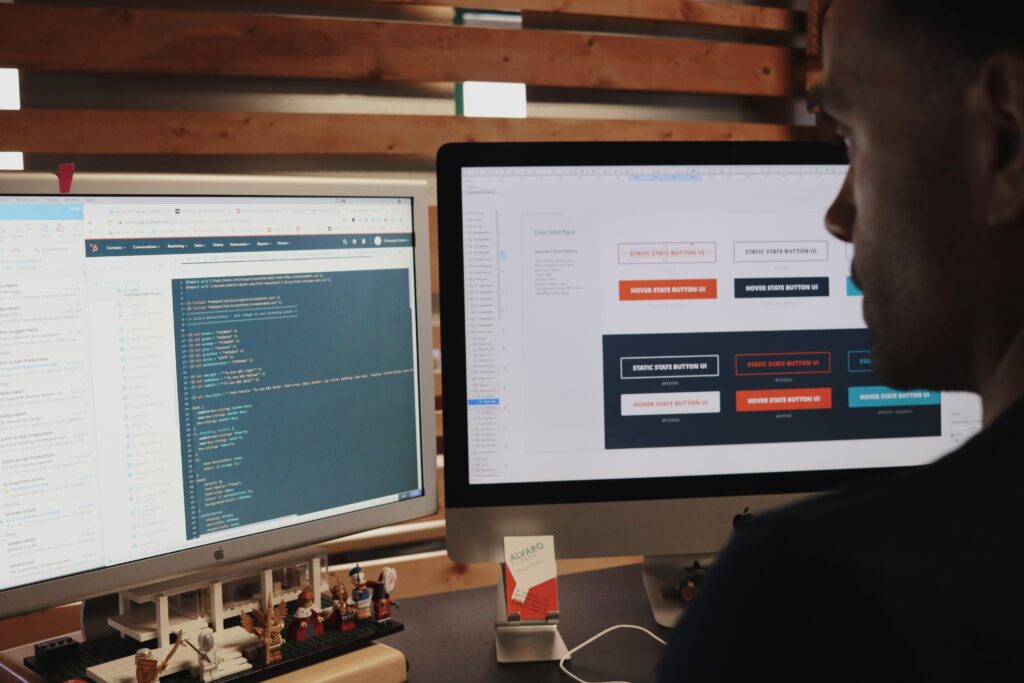
What is a Good UI Design?
The idea of what makes a good user interface design is all about simplicity and consistency. You want users to navigate your website without hassle. When websites are easy to understand, users tend to return because they find them helpful. People who often come back to your website will increase visitor traffic, which will eventually convert to profit.
So, how do you increase user traffic that can lead to potential customers? The answer lies in how web designers optimize the user interface. Take a look at these tips that you can use to fully optimize your website.
Uniform and Practical
You don’t want your website to be all about visual aesthetics.
When optimizing your website’s UI, ensure the design is consistent throughout. For example, if your homepage has a navigation bar that sticks into the screen whenever a user scrolls through, then all navigation bars on every page should do that too. Your website’s commands must be consistent. All users must understand and use the design created for them easily.
Clear and Concise
Do not confuse users with complex designs.
Ensure the page doesn’t contain content that may cause confusion. Provide helpful signals to users after they take action, so they know that their efforts were successful. Minor actions can be acknowledged by simply graying out a data entry field. In comparison, larger actions can be recognized by changing the color scheme of a page or responding with animation. The intention is to provide users with a modern UI design that is clear and easy to understand.
Error-free
Errors make your website feel unprofessional and clunky.
To prevent user confusion, UI designers must ensure that the page layout doesn’t contain any critical errors. UI designers should also ensure that any errors made can be reversed. The latter is crucial because it reduces user anxiety, promotes the exploration of options, and helps users save time.
Straightforward
Don’t overload users’ minds. Good UI design presents the necessary information in a clear and concise manner that doesn’t cause confusion or anxiety. Avoid any interface that forces users to memorize information across several pages. The average person’s memory can hold seven pieces of information, give or take two. Users aren’t very patient, so it’s best to minimize the number of them involved and avoid repetitive data entry processes.
Mobile-Friendly
Modern UI design includes mobile-friendliness. It’s essential that UI designers also optimize for mobile-friendly web design because almost all users right now are using smartphones. Make sure the look and feel of your website can be adjusted to fit a variety of screen sizes.
Websites with Good UI Design
These websites have followed the UI design guidelines and made it easier for users to navigate through their web pages. Check out these websites to spark your creativity!

Mailchimp
Mailchimp’s UI design is known for optimizing usability. This newsletter management system has a web interface that’s minimalist, typographically focused, and easy on the eyes, with plenty of helpful tutorials and examples for newcomers. To prevent user errors, Mailchimp also has a warning sign box that lets them ensure they don’t commit mistakes on what they’ve input. It helps the users make the right decision with a pop-up dialog box, “Are you sure?”. Two more steps are required if they are determined to proceed: enter the word into the input field and delete the word again.
Dribble
Cards are a jumping-off point for users to learn more about a product or feature. Dribble’s user-friendly UI design is based on cards, which provide a visually appealing and organized overview of daily designer projects. This card-based layout is a brilliant idea for showcasing work and drawing in visitors.
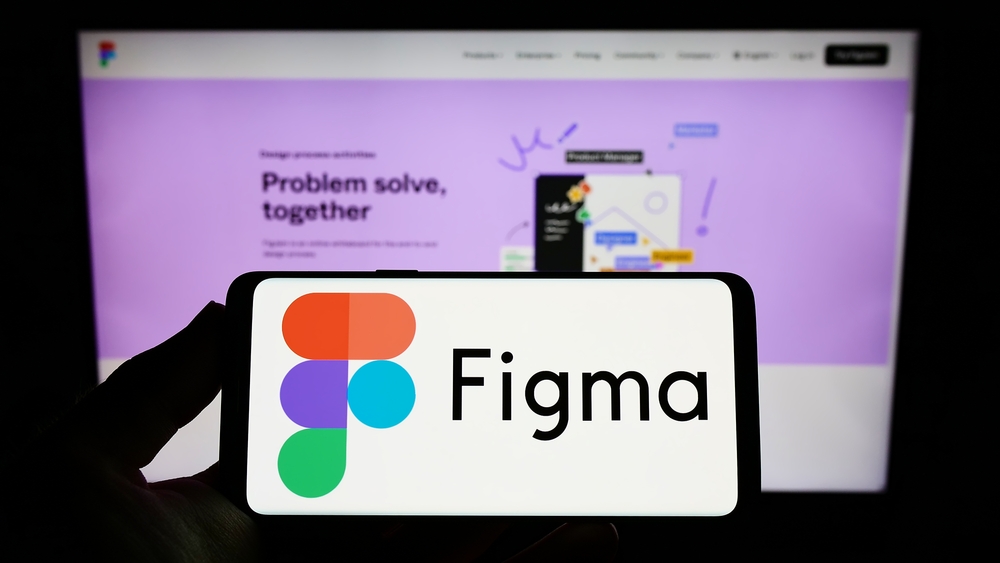
Figma
Figma enhances user interactions with its animated tooltips. This browser-based interface design tool included helpful tip boxes for new users to navigate their website easily. Each pop-up window requires a click from the user before it disappears, signaling the importance of the information and boosting the likelihood that the user will read it. These UI designs are meant for newcomers, who will be led through the tutorial by purple “Next” buttons. They only show up the first time a file is created and feature X icons, so users who are familiar with them or find them unnecessary can dismiss them immediately.
Elevate your User Experience with Good UI Design
When optimizing UI design, it’s important to remember that you’re doing it to make your website user-friendly. Understanding how UI design works can be a challenge. But it’s rewarding when you apply it to your sites and eventually drive in more traffic and boost sales.
At Truelogic HK, we give our clients optimized web designs tailor-fit for their goals and objectives. Take your web design to the next level. Contact Truelogic today and let us create the perfect website for your business.

